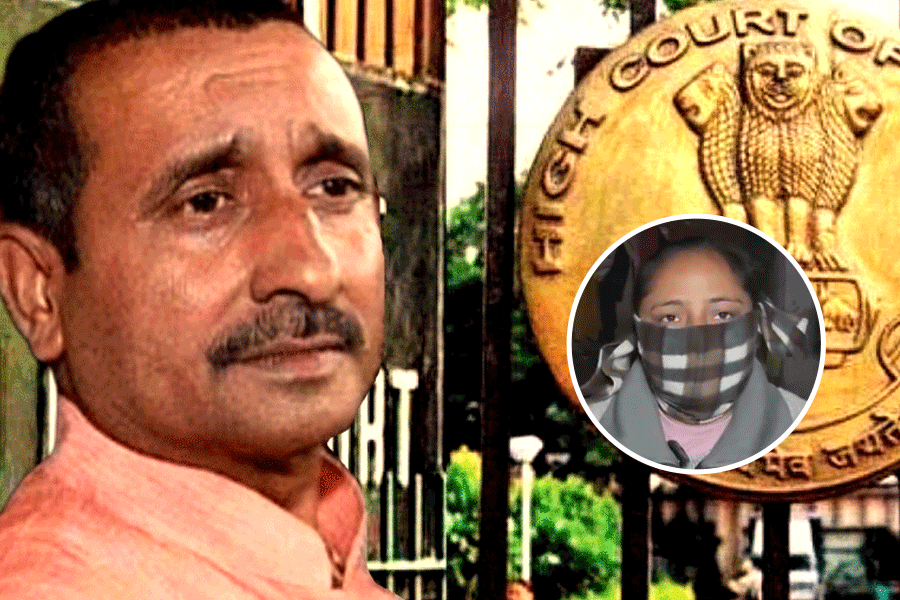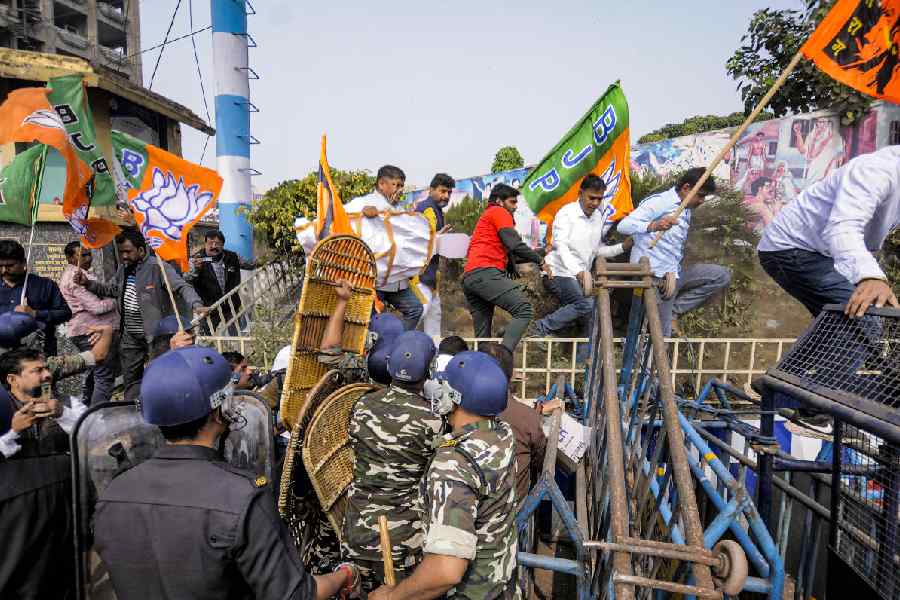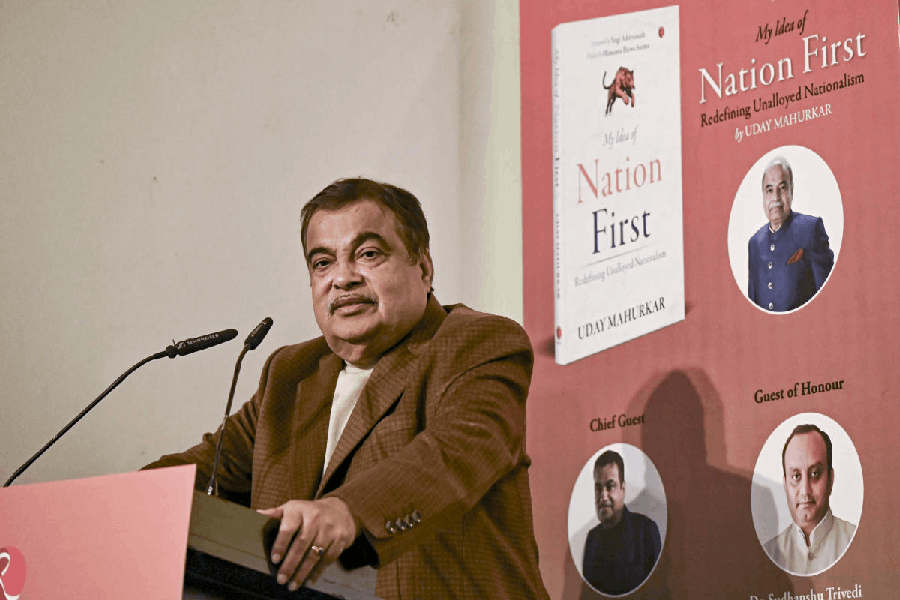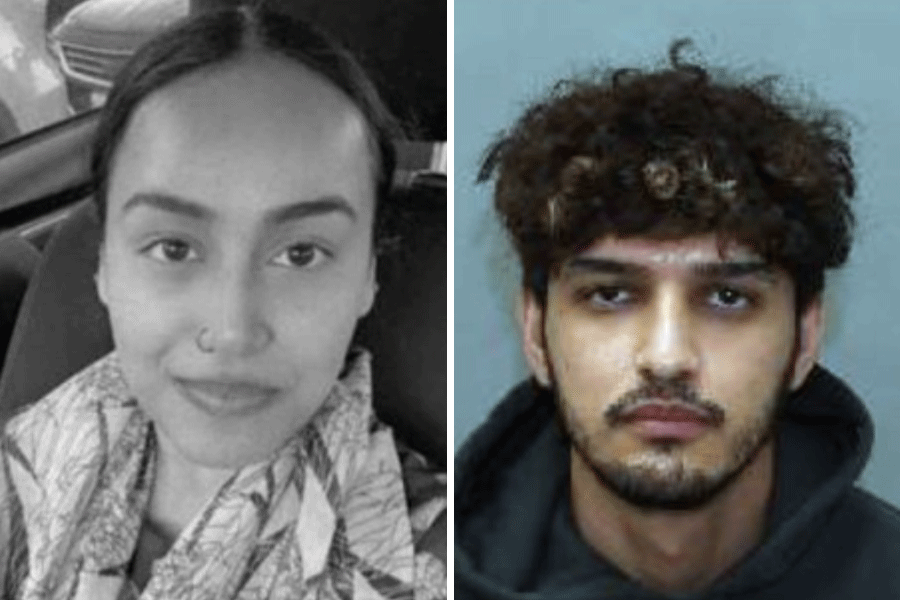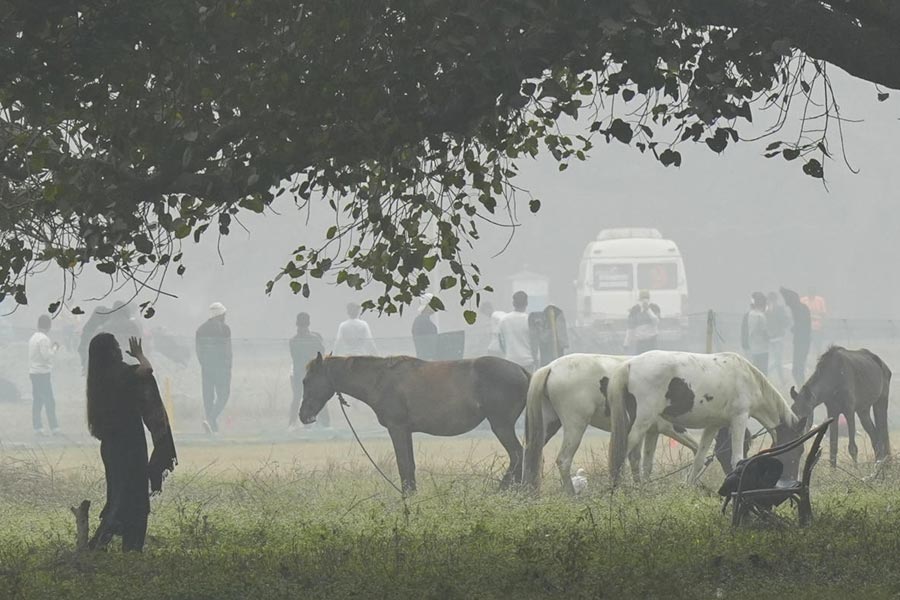 |
| Falling numbers |
Calcutta, March 12: Madhyamik first, higher secondary next.
The number of candidates taking the higher secondary examinations will drop this year, mirroring the Madhyamik trend.
The number of examinees in the higher secondary examinations will be nearly 26,000 less compared to last year. In all, 4,03,154 students will write the exams beginning on March 16.
In the Madhyamik this year, the number of examinees dropped by nearly 89,000.
A study conducted by the West Bengal Council of Higher Secondary Education shows that four factors were responsible for the sharp fall in the number of examinees in the 2007 examinations.
One of the primary reasons was bifurcation of the HS course from 2006. In keeping with the system followed by most education boards in the country, including the ICSE-ISC and the CBSE, the HS council bifurcated its course and introduced a system of holding a centralised examination at the end of Class XI and conducting the HS examination covering only the Class XII syllabus.
“The new system has increased the scope for screening students at the end of Class XI. Since a higher number of students had been detained in Class XI last year, the number of examinees has automatically fallen this year,” said Debashish Sarkar, the council secretary.
The official said the findings of the study do not suggest that the examinee count has dropped this time because of less enrolment in Class XI in the 3,500-odd HS schools all over the state in 2005.
“In fact, the enrolment rate had crossed the all-time record in 2005. Nearly 85.5 per cent of those who passed Madhyamik in 2005 had taken admission to Class XI that year.”
Elaborating on the findings of the study, council sources said, till 2005 the higher secondary course was a two-year integrated course when the higher secondary exams were conducted covering the entire Class XI and Class XII syllabi.
Under the old system, the schools were supposed to promote students from Class XI to XII on the basis of their performance in the Class XI annual exam but most schools allowed promotion to all students even if they fared poorly. The schools could do this as the council had no control over the Class XI-level promotion exams conducted by the schools.
In 2006, the first batch of students appeared in the centralised Class XI tests of the council and 20,000 were detained.
Council officials, however, said a record increase in the success rate in the 2006 higher secondary examinations was another factor responsible for the decrease in the number of candidates this year.
According to them, since the pass percentage in the 2006 HS exam was nearly 71 per cent — nearly 5 per cent more than 2005 — the backlog because of failed candidates has drastically fallen this time.
The state government’s decision to have a separate board for running vocational courses and the council’s decision to do away with the system of external examinees — candidates who appear in the higher secondary exam without attending any school — have also contributed to the fall in the number.
Gopa Dutta, the council president, said elaborate arrangements have been made to ensure that the higher secondary exams are conducted smoothly.
The council will simultaneously run the Class XI examinations from March 17.


